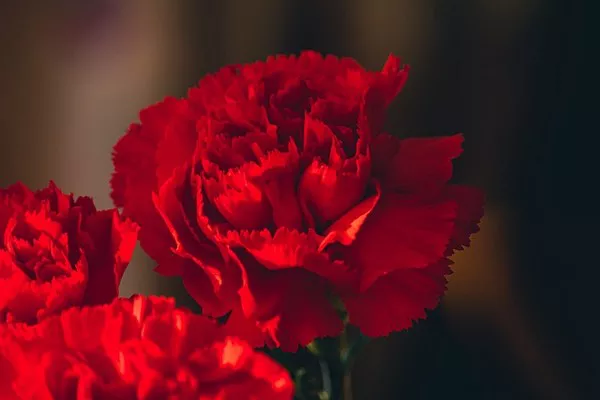Flowers have long been a universal language, communicating emotions and sentiments without the need for words. Among the diverse spectrum of floral hues, red stands out as a color charged with profound symbolism and significance. In this article, we delve into the rich tapestry of meanings woven into the fabric of red flowers, exploring the cultural, historical, and emotional connotations that make them a timeless expression of human emotions.
Cultural Symbolism
Red, universally recognized as a color of passion and intensity, has played a prominent role in various cultures throughout history. In many societies, red is associated with love, desire, and romance. Red flowers, therefore, become the messengers of profound emotions, serving as tokens of affection and symbols of deep, abiding love.
In Western cultures, the red rose is perhaps the most iconic representation of love. Often exchanged on romantic occasions, the red rose has become synonymous with passion and romantic commitment. The act of gifting red roses is deeply embedded in traditions like Valentine’s Day, where individuals express their love and devotion through the crimson blooms.
In Eastern cultures, red flowers also hold significant meaning. In Chinese culture, for example, the peony, especially when in shades of red, is considered a symbol of wealth, prosperity, and good fortune. These flowers are often associated with love and feminine beauty, adding an extra layer of depth to their cultural significance.
Historical Significance
Throughout history, red flowers have been woven into the fabric of significant events and moments. In ancient Rome, red flowers were often used in celebrations and festivals, symbolizing vitality and strength. The Romans associated the color red with their god of war, Mars, and saw it as a representation of courage and power.
Similarly, in ancient Egypt, red flowers were utilized in religious ceremonies. The Egyptians believed that red was a color associated with life and victory, and thus, red flowers were used to honor their deities and commemorate important milestones.
Emotional Associations
The emotional impact of red flowers extends beyond cultural and historical contexts. The vibrant hue evokes strong emotions and resonates with the deepest recesses of the human psyche. Red flowers, whether they be roses, tulips, or poppies, have the unique ability to convey a range of emotions, from the passionate and romantic to the bold and assertive.
Passion and Romance: Red flowers, particularly red roses, are a classic symbol of passionate love. The deep, rich color evokes intense emotions and serves as a declaration of love and desire. Whether given as a single stem or a bouquet, red flowers have the power to ignite the flames of romance.
Courage and Strength: Beyond matters of the heart, red flowers also carry connotations of bravery and strength. The boldness of the color red symbolizes courage and resilience, making red blooms a fitting choice for occasions where encouragement and support are needed.
Expressing Sympathy: While red flowers are often associated with joy and celebration, they can also be used to express sympathy and compassion. Deep red blooms, when included in funeral arrangements, symbolize the enduring nature of love and the strength to overcome grief.
Conclusion
In the intricate language of flowers, red blooms stand as eloquent messengers of passion, love, and profound emotions. Whether exchanged in moments of celebration or times of sorrow, red flowers transcend cultural and historical boundaries, weaving a narrative that resonates with the human experience. As we continue to express our emotions through these vibrant blossoms, the symbolic language of red flowers remains an enduring and timeless testament to the depth of human connection and the beauty found in nature’s scarlet hues.


